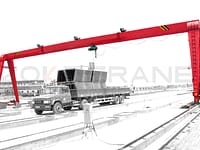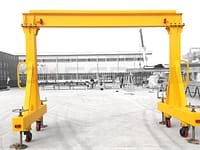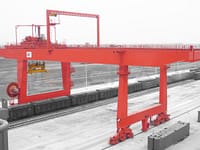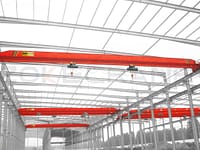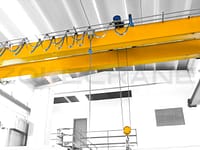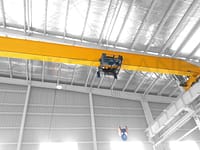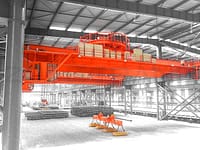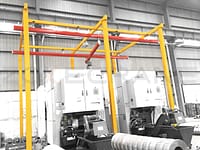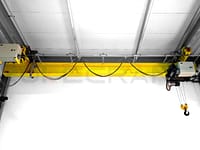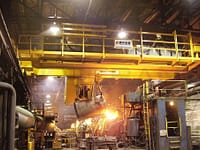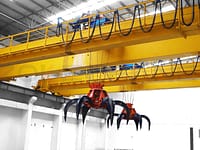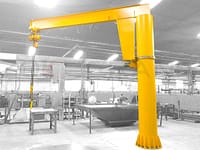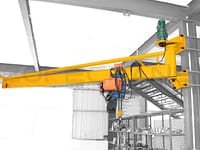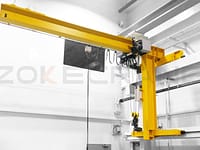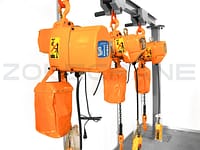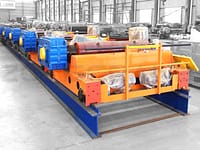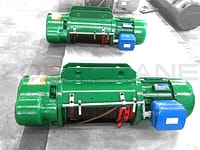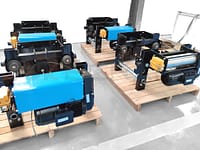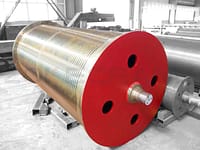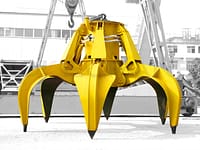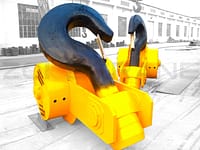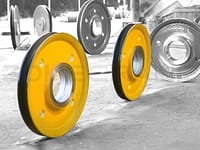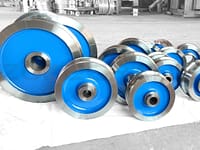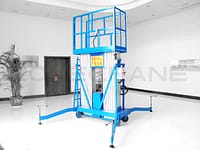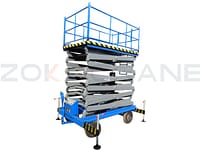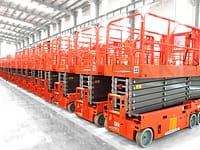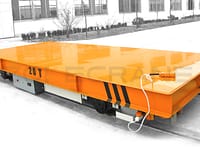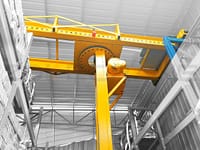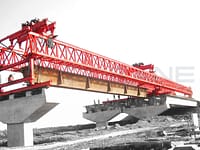Specifications for Column Mounted Jib Crane Operators
The safe and effective operation of column mounted jib cranes requires skills: careful and good judgment, alertness and full attention; and resolute implementation of relevant safety rules and regulations. These rules and regulations are explained and proven in the current safety standards.
Column mounted jib cranes generally move goods above the work area with personnel. Therefore, during the use of the crane, the operator should be instructed to understand the serious consequences of careless operation. this is very important. The purpose of these recommendations is not to put it into the existing plant equipment safety system. Carefully study the following contents, you should have a better understanding of safe operation. Safe and effective operation of cranes requires skills: you must have careful and good judgment, be alert and pay attention; and you must resolutely implement the relevant Safety rules and regulations. These rules and regulations are explained and proven in the current safety standards. Provide greater assurance for the safety of personnel and machinery on the ground of the factory. It must be recognized that these are recommendations for crane operators. It is an inescapable responsibility for crane operators to understand all national and local regulations and rules, and to properly train certain operators.
Qualifications of Personnel Using Lifting Equipment
Generally speaking, the following persons are not allowed to operate cranes:
1. People who cannot read and understand this manual correctly;
2. Persons under the legal age;
3. People with hearing or vision impairment (unless well-corrected in depth);
4. Persons who suffer from heart disease or other diseases that affect safe operation;
5. Those who have not read and studied this manual carefully;
6. Those who have not received proper guidance;
7. Those who have not passed actual operations to prove their understanding of the manual;
8. Personnel who are not familiar with suspension equipment and safe suspension operation methods.
Rotation and Operation of The Jib
Before using the jib crane, the operator should ensure that the hook should be of sufficient height without any obstructions. Before the crane hoisting materials, the jib should be moved in place so that it is above the hoisted object. Lift and accelerate gradually, then move the arm slowly. When approaching the position where you want to stop the arm, slow down.
Mobile Operation of Hoist Trolley
Before hoisting materials, the hoist should be positioned directly above the objects to be hoisted. When the sling is in a slack state, if the hoist is not positioned above the hoisted object, position it above the hoisted object before continuing to lift. If the hoist is not positioned at the upper center of the hoisted object, it may cause the hoisted object to swing during lifting, which may cause danger. The hoist trolley should start slowly and stop slowly during the entire running process.

How Often Do Jib Cranes Need To Be Inspected
Hoist trolley:Check the pin shaft. Check the split pin. (The cotter pin should be bent completely around the pin shaft.) Check the fasteners.
Every 2000 hours or every year
Buffer:Check that the spring washer is completely flattened. If the through bolt is exposed, replace the buffer.
Every 2000 hours or every year
Rotating shaft:Check whether the rotating shaft has been installed correctly and the arm is not bent down.
Every 2000 hours or every year
Wheel:Check for cracks, dents and/or grooves: all of these will increase the tension. If any of these conditions exist, the wheels should be replaced.
Every 2000 hours or every year
Rack:Check wear and increase lubricating grease.
Every 500 hours or every month
Fasteners:Check whether the spring washers are flattened and the nuts are tightened according to regulations.
Every 1000 hours or every 6 months
Attachments:Perform all attachments ordinary inspection.
Every 1000 hours or every 6 months
Visually inspect the entire crane used.
Every 1000 hours or every 6 months
